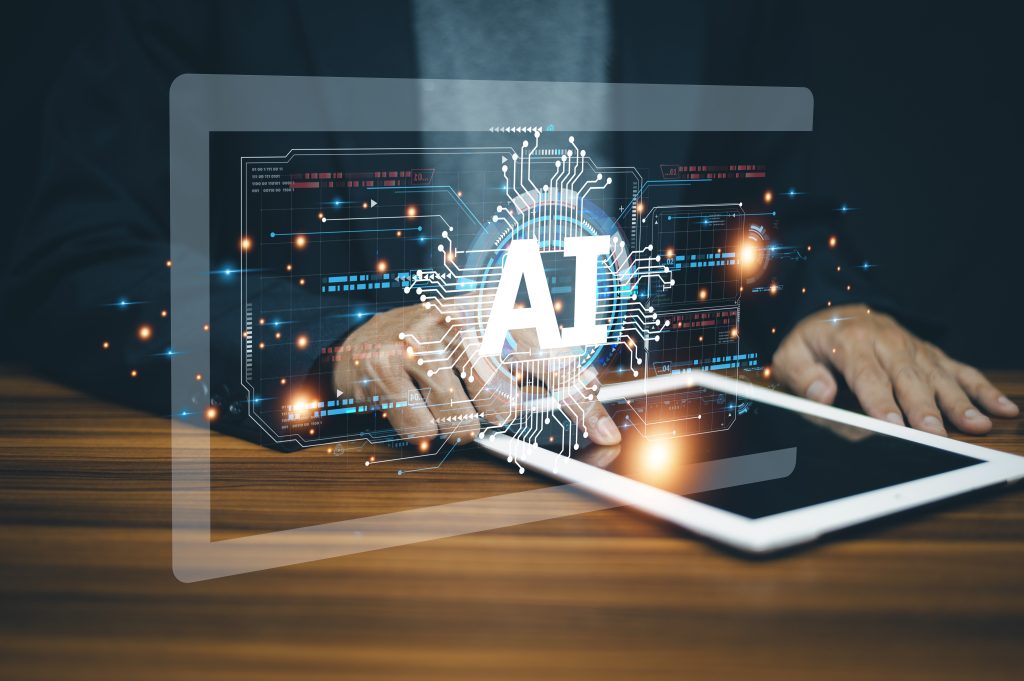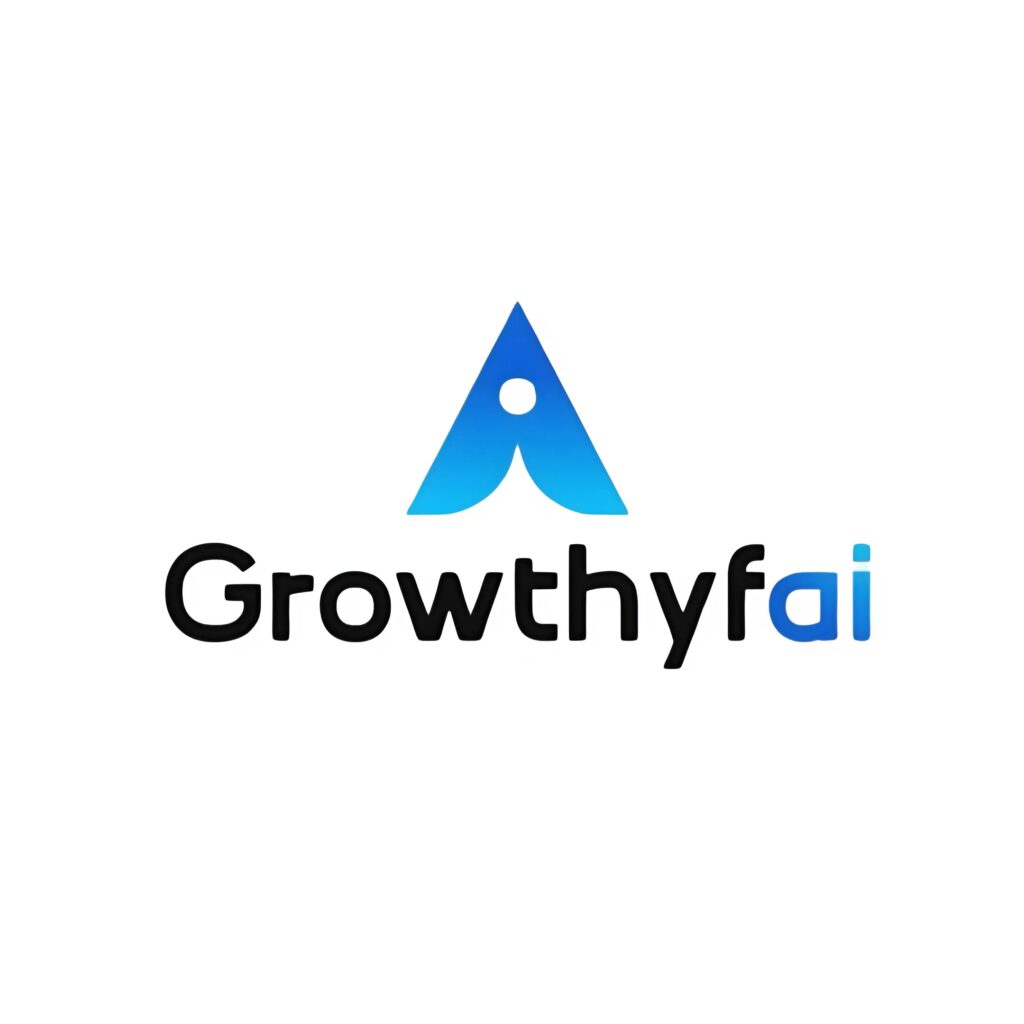The Role of AI in Combating Digital Misinformation


In the digital age, misinformation has emerged as a formidable challenge, permeating social media, news platforms, and online communities. As the information landscape becomes saturated with distorted narratives and falsehoods, the question arises: how can we effectively combat this digital epidemic? The answer lies in the transformative power of Artificial Intelligence (AI). AI, with its ability to analyze vast datasets and detect patterns, plays an increasingly pivotal role in identifying, managing, and curbing the spread of digital misinformation. This article delves into the various ways AI is being harnessed to combat misinformation, underscoring its significance in fostering a more informed digital lifestyle.
Understanding Digital Misinformation
Digital misinformation refers to the dissemination of false or misleading information online. Unlike disinformation, which is deliberately misleading, misinformation spreads without intentional deceit. This distinction is crucial in the fight against false narratives, as both require strategic approaches for mitigation. Misleading content can take many forms, from text and images to videos and sophisticated deepfakes. Such content not only jeopardizes individual understanding but also undermines democratic processes, public health, and social trust.
The proliferation of misinformation can largely be attributed to the ease of content sharing on social media and the complex algorithms that prioritize engagement over accuracy. In this context, AI emerges as both a hurdle within complex algorithmic structures and a potential solution.
AI’s Role in Detecting Misinformation
AI’s remarkable capability to process and analyze large quantities of data swiftly makes it a powerful tool in identifying misinformation. Machine learning algorithms can scrutinize information patterns and authenticate the legitimacy of digital content. Natural Language Processing (NLP), a subfield of AI, enables machines to understand human language and identify subtle discrepancies indicative of misinformation.
One illustrative example is Google’s use of AI to verify billions of search queries daily. Through advanced algorithms, suspected misinformation is flagged for further review. Similarly, Facebook employs AI models to detect and down-rank false content, reducing its visibility to users. These processes are complemented by human interventions, where flagged content is subjected to manual reviews.

Counteracting Deepfakes with AI
Deepfakes represent one of the most sophisticated forms of misinformation. Utilized maliciously, deepfake technology can create realistic fabrications, misinforming audiences across platforms. Here, AI also serves as a solution. AI tools can detect deepfake alterations by examining inconsistencies in audio-visual content that are undetectable to the human eye. Techniques like facial recognition and voice analysis work in tandem to verify authentic content from maliciously altered media.
The development of the Deepfake Detection Challenge by Facebook and academic collaborations signifies a proactive approach to combat these AI-generated threats. This initiative leverages machine learning to build more effective detection systems, enhancing the ability to quickly and accurately identify fabricated content.
AI and Ethical Considerations
While AI is central to addressing digital misinformation, it is crucial to navigate the ethical dilemmas it presents. As AI systems become more advanced, ensuring they operate transparently and avoid biases is paramount. These systems must respect privacy and free speech while tackling false information. Therefore, AI-driven initiatives require comprehensive oversight and regulatory frameworks that balance technological advancements with ethical responsibility.
Further, collaboration between technologists, policymakers, and the public is essential in creating AI systems that align with societal values. Engaging diverse perspectives and expert insights is integral to developing AI solutions that are both effective and ethically sound.
The Future of AI in Combating Misinformation
The evolution of AI continues to intersect with the growing complexity of digital misinformation. Looking ahead, AI’s role in misinformation management is poised to expand even further. Innovations focusing on real-time misinformation detection and user education are at the forefront. For instance, developing AI-driven plugins for browsers that alert users to potentially misleading content can empower individuals to make informed decisions.
Moreover, AI’s potential extends beyond detection; it also impacts content creation and content verification. Techniques such as reverse image search at scale and automated fact-checking tools can help verify information at lightning speed, significantly slowing the spread of falsehoods before they gain traction.
Conclusion
As misinformation remains a persistent threat in the digital landscape, AI’s role in combating this challenge is indispensable. From detecting and countering advanced deepfakes to amplifying ethical AI deployment, artificial intelligence stands as a beacon of hope in ensuring the integrity of online information. As society grapples with the profound effects of digital misinformation, embracing AI-driven solutions, guided by ethical considerations, can facilitate the development of a more informed and trustworthy online environment.
In this rapidly evolving digital era, the combined efforts of AI practitioners, policymakers, and everyday users are necessary to harness the full potential of AI tools. Together, they can shape a future where information is reliable, and digital interactions foster enlightenment rather than confusion.








